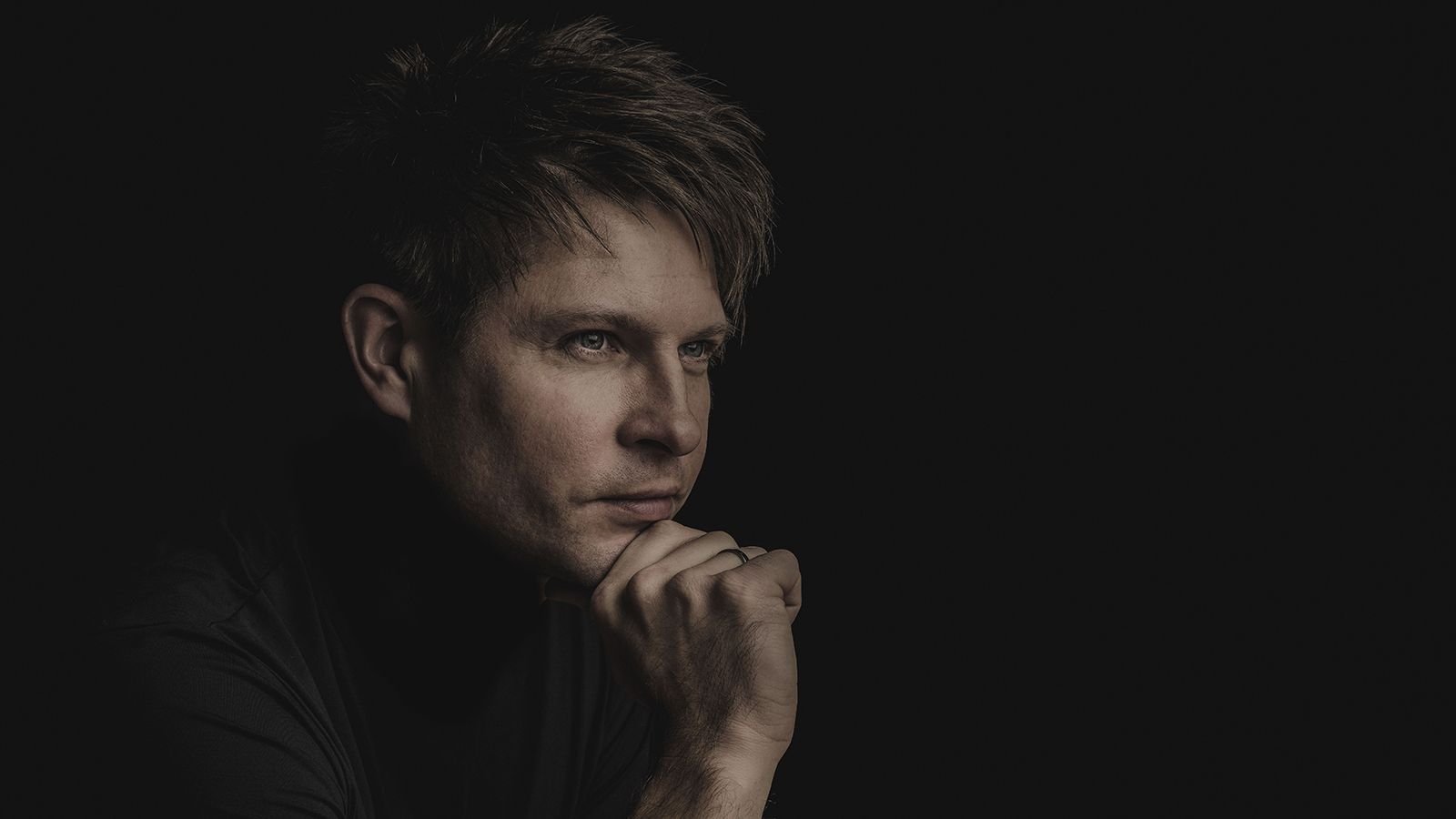Karina Canellakis debuts with the NSO, & Tiberghien's left hand thrills

Last night’s National Symphony Concert showed the band in good form, responding with controlled gusto to debutante conductor Karina Canellakis, who led the orchestra deftly through a challenging program of Bartók, Ravel, and Three Memorials, a collection of works by the Australian composer Brett Dean (b. 1961). Canellakis, who trained at Curtis and Juilliard, is clearly on a career ascent; principal guest conductor of the London Philharmonic and Berlin Radio Symphony, and music director of the Netherlands Radio Philharmonic, she has appeared all around the world, including with the Chicago Symphony, the Cleveland Orchestra, and the Leipzig Gewandhaus Orchestra. Sylph-like and only 41, she will almost certainly land a major music directorship soon.
That said, her program didn’t allow for much assessment of deep musical insights. The Bartók Concerto for Orchestra is a repertoire staple that the NSO would play well no matter who was leading it, the Ravel Piano Concerto for the Left Hand is rarely-performed but comes off fine with sensitive alertness by conductor and orchestra, and the Dean pieces – loud, dissonant, and reliant in large part on sound effects – just needed basically a good traffic cop. I could find little fault with Canellakis other than the fault I find with conductors who have thrice her experience – the inability to balance the NSO properly in the Kennedy Center Concert Hall. Her more-than-capable performance here will hopefully bring a return invitation, and she’ll hopefully program deeper repertoire that calls for more than surface sheen.
Dean, a violist in the Berlin Philharmonic before turning to composing (and is very prolific), knows instruments inside and out and has a dramatically colorful palette. His percussion do not overwhelm, but he employs a large batterie, augmented by percussive effects elsewhere in the orchestra (e.g., timpani mallets on bass strings). In her remarks from the podium, Canellakis discussed these various novelties and the stories behind the pieces, hardly touching on musical content. Of course, “musical content” can’t really be described, otherwise it wouldn’t be music. But I remember as a child being deeply enthralled by Afternoon of a Faun, Firebird, and Appalachian Spring without knowing the first thing about what the scenarios the music sought to convey or how some of the strange colors therein were created. Undoubtedly the spoken remarks (and written program notes) helped us appreciate Dean’s three pieces more than otherwise, but the underlying substance still felt meager. His music is in the general school of James McMillan, Charles Wuorinen, John Harbison, and Wolfgang Rihm; carefully-constructed, sometimes in recognizable formal templates, but using a harmonic language that is too thorny to be appreciated as music per se. Piled-up dissonances lead to aural fatigue, and rhythmic interest – motives that stick in the ear as they’re developed throughout a piece – is almost nonexistent. Dean has many awards, commissions, honorary degrees, and residencies; he’s doing fine. How many of his works will outlive him is anyone’s guess.
Ravel’s Concerto is a curiosity, but hardly unique. Works for the left hand alone date back to Brahms and Saint-Saëns, and there are also concertos by Prokofiev, Korngold, and Ned Rorem (the American master who just passed away). But the Ravel is certainly the greatest such essay; a miraculous, gorgeous journey through an opening witches’ cauldron of double-basses and contrabassoon, through a grand declamatory opening piano statement, jazzy middle section, to an astounding closing cadenza where it is impossible for a radio or recording listener to guess the one-handed limitation. Sadly, the piece remains on the fringes; very few non-French pianists take it up (the great Leon Fleisher did only after he permanently injured his right hand), but it was a treat to hear this week’s artist, Cédric Tiberghien lavish such care on it. Though the pacing of both his opening solos was a little sleepy, he had great fun in the jazz march in the middle and the voicing and build-up of the grand final cadenza was as fine as I’ve ever heard. The audience went wild for him, and after several curtain calls got to hear his other hand in a whisper-soft rendition of Ravel’s Oiseaux tristes. Canellakis got some fun, louche playing out of the orchestra in the march section (particularly from bassoonist David Young), but elsewhere she let sustained notes from the winds drown out the strings; the climax before the big final cadenza was a turgid mess.
The Bartók found everyone firing on all cylinders. This masterpiece calls for and brings out every band’s best effort and the NSO’s best these days is quite impressive. In the 60’s and 70’s when I came of age, the “Big Five” orchestras – Boston, New York, Philadelphia, Cleveland, and Chicago – were head and shoulders above all others; they had the recording contracts and biggest salaries, and the NSO was considered third-tier. Well, today, the NSO pays better than two of those bands, and the quality has been steadily rising for some time. In a showpiece like the Bartók, this quality came through in the corporate cleanliness as well as the virtuoso solos. The basses were wonderfully in tune as they opened the first and third movements, the brass chorale in the Giuoco delle coppie could have come off of your Berlin Philharmonic recording, and the violas were earthy and full-throated in their big solo in the Elegia. If only Canellakis hadn’t turned the opening of the Finale into a timpani concerto and allowed the strings to be heard. But this was top-notch playing, and the long ovation at the end gave time for each group of instruments to be recognized and cheered.
The program is repeated tonight and tomorrow.





